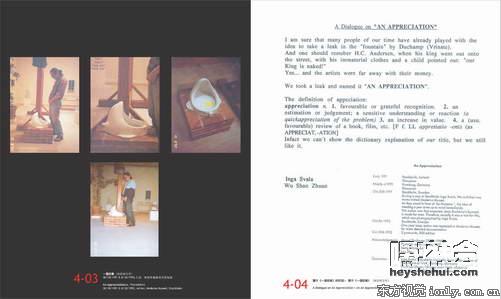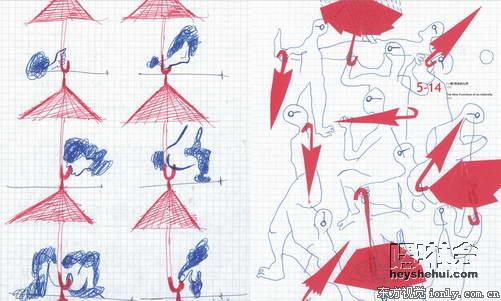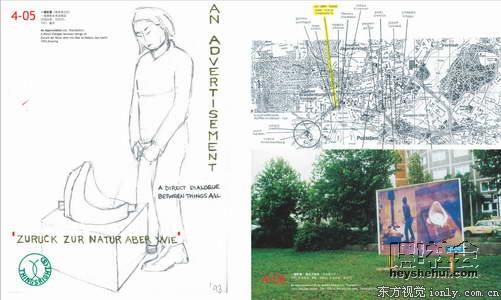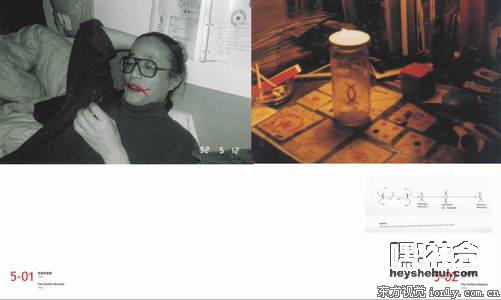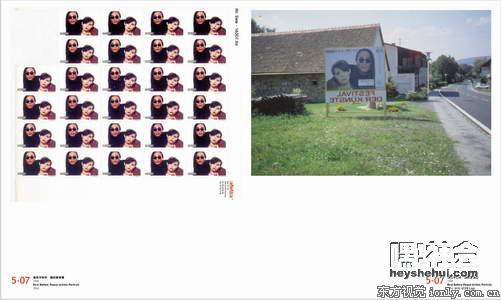Wu Shanzhuan-Wu Shanzhuan-Wu Shanzhuan

Wu Shanzhuan
Wu Shanzhuan (born 1960)
As one of the leaders of the Chinese Conceptual Movement in 1980s, Wu Shanzhuan was the first artist in China to incorporate textual pop references into his work. Wu’s pivotal 1986 installation, Red Humour International, laid the foundation for his highly idiosyncratic and sophisticated approach to painting, which forgoes image in favour of political jingoism, religious scripture, and advertising slogans.
Wu’s canvases appear as a combination of graffiti and expressionism. Rendered with painterly spontaneity, words, symbols, and diagrams battle for space in a virtual terrain between conveyed meaning and pictorial abstraction. Through the act of artistic negotiation, Wu’s texts become dislocated from their original context and stripped of their cultural signification. Reformed and repackaged as sumptuous fields of colour and texture, his mass media dictates are purified as empty lexicons for new usage and contemplation. Wu’s unique process of painting as writing is exemplified in his Today No Water series. Conceived as a graphic novel, each canvas is a chapter of a continuous stream of consciousness narrative. These works don’t tell a story per se, but rather present a visual tension between fragmented phrases and images, culminating in dizzying compositions that map out free-style associations of ideas, references, and symbols. Approaching the re-systemising of informational structures as an intuitive process, Wu reconstitutes the articulated design of print matter as chaotic overload, his bold logos and by-lines emerge as subconscious expressions, striving for intimate cognition. Muted washes, dabs of colour, hurried gestures, and wayward drizzles overlap, erase, and compete for perspectival hierarchy, suggesting an algorithmic order to the perplexities of individual identity and global communication.
BIOGRAPPHY (click here)


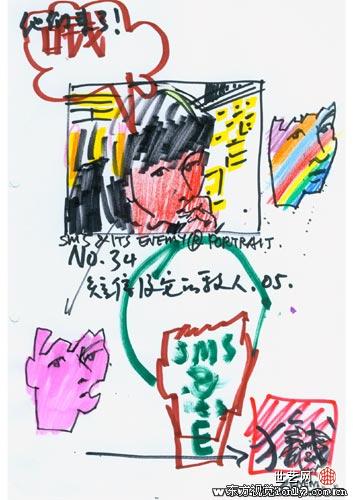
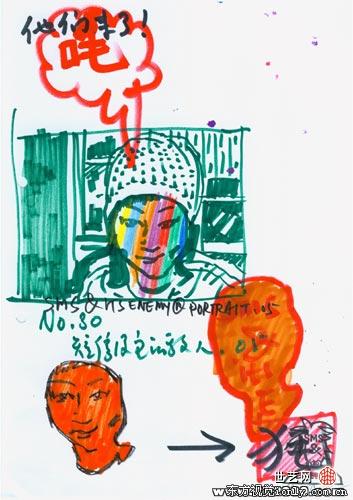
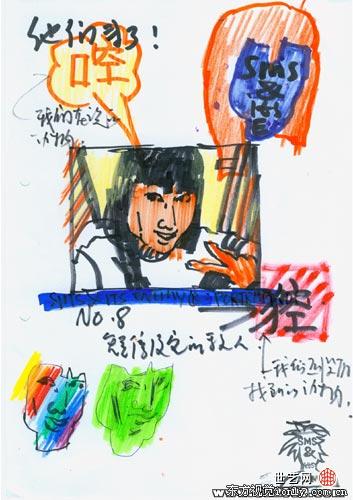
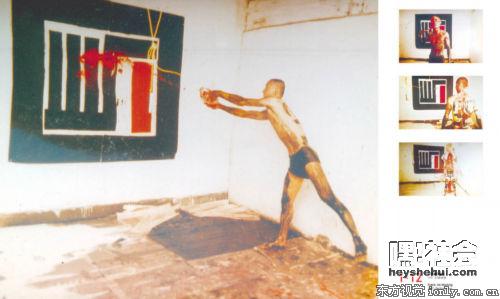
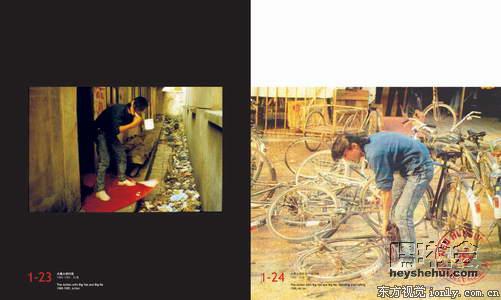
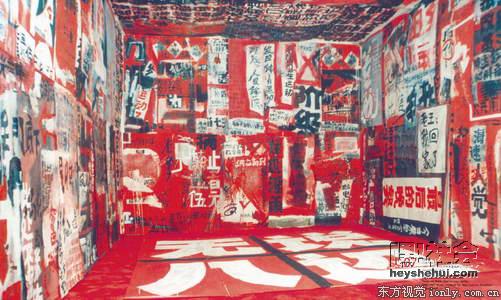
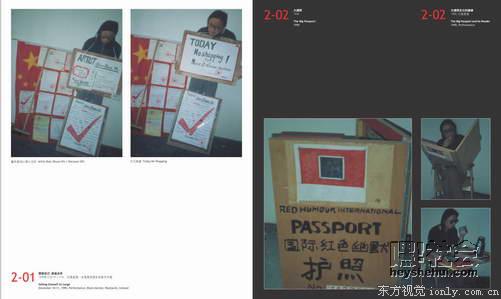
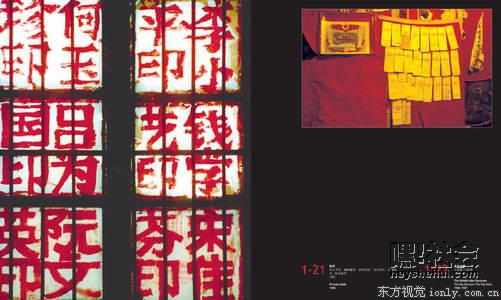

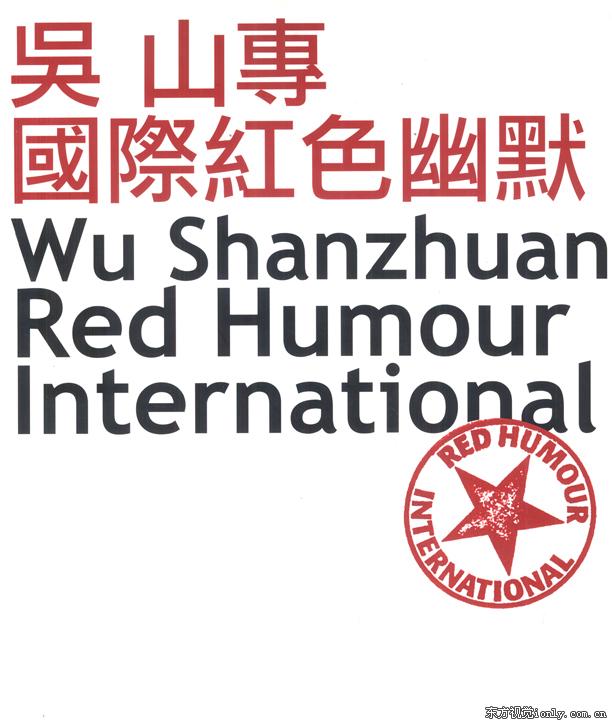

“Red Humor International” Club
In 1985, Wu Shanzhuan founded the “Red Humor International” club. With his words, he is to inject a kind of “social happiness” into the current system. “Red Humor International” is so far the most profound expression of the Chinese contemporary art to the political issues.
“Red Humor International” is not a physical group, but a concept. It’s a collection of a series of artistic and social concepts, bringing together fascinating humor, wisdom, spontaneous actions of anti-metaphysics, subtle insight into the day-to-day politics, sensitivity to the invisible power system and the basic insistence of democracy. “Red humor” is an ideological stance, and a collection of grass-root wisdom, thinking experiments and the absurd spirit of contemporary art, like a charming thinking plague. The members of Red Humor International are all the people entering into this thinking field. They are the recognizer, participants and physical evidences of these concepts and works.
Wu Shanzhuan and Hans Ulrich Obrist
December 11, 2009
Posted by Evan Osnos
source: The Newyorker Website
The Office for Discourse Engineering (O.D.E.) is a boutique publisher in Beijing founded by Philip Tinari, a curator and contributing editor to Artforum and one of the keenest observers of contemporary Chinese art. He often has his hands on emerging things of interest, and the O.D.E.’s latest book, “Hans Ulrich Obrist: The China Interviews,” co-edited by Angie Baecker, is a rich collection of interviews with Chinese artists, filmmakers, and architects, conducted by Obrist, a Swiss curator and critic (who was recently ranked No. 1 in ArtReview’s annual list of the art world’s one hundred most powerful people).
The interview below is Obrist’s May, 2006, encounter in Shanghai with artist Wu Shanzhuan, whom Tinari described to me as “one of the key conceptualists of the nineteen-eighties, who has not exactly gotten his due despite repeated attempts by curators to set the record straight. Much of his work revolves around language. For example, rewriting the Universal Declaration of Human Rights so that it was a declaration of ‘Things’ Rights,’ with ‘thing’ (‘wu’) a play on his own surname. Fresh, even radical, and not easily monetized, Wu’s offbeat explorations are instructive for those who associate Chinese art of the eighties and nineties exclusively with the big-face paintings of recent auctions.”
HANS ULRICH OBRIST: One of the things I wanted to ask you first is about the role of your writing. I was very surprised to discover so much of your writing in this book, Wu Shanzhuan: Red Humor International. I wanted to ask you about your practice as a writer.
WU SHANZHUAN: A writer? [laughs] Thank you. I will try.
HUO: So is it a regular practice, a daily practice? When do you write?
WSZ: I don’t know. At that time, of the artists who joined the ’85 to ’86 movement, nearly all were writers. They had to explain themselves but there was a lack of critics in China, so they had to write by themselves. This is how I started.
HUO: When did you start? Which year?
WSZ: Nineteen eighty-five.
HUO: So you were part of the movement.
WSZ: It was still of individual doing, but these doings, they are somehow people who are settling in Beijing, like Li Xianting and Gao Minglu, so they made a network. All those guys are joined in this net. Then they named it some movement. Actually, I think it’s still individuals working at their studios.
HUO: But what was the movement about? What glued you together? What did you have in common?
WSZ: I think somehow, we imagined something we needed to be done with—to react against. But we didn’t know what it was. It is the luck of our generation. Because at that time, we still had something that you could imagine needing to be done with. This made us a little bit rich—not like today, because today you’ve got nothing like that.
HUO: Oh. So at that time, there was an enemy.
WSZ: Yes, yes.
HUO: The state?
WSZ: No, just something imagined.
HUO: An imaginary enemy.
WSZ: Not an enemy, just something old. Like how young people want to, you know … I think this is the difference between our generation and later generations.
HUO: When you started, in your early work there was a relationship to a lot of avant-garde gestures. There were Actionist elements. [1] I was wondering what your references are, in terms of Chinese references and Western references.
WSZ: I think it’s both.
HUO: Who are your heroes?
WSZ: I think we have to mention the name Rauschenberg.
HUO: Very interesting.
WSZ: I think there’s a project called “turtle project.”
HUO: Yes, Rauschenberg’s famous turtle, “Rocky.” [2]
WSZ: Yes, “Rocky.” From 1989, I think. It’s the first Western show in China.
JULIA PEYTON-JONES [of the Serptenine Gallery]: Really?
WSZ: Yes.
JPJ: This was in Shanghai?
WSZ: No, Beijing.
HUO: So for you, this whole idea of Rauschenberg’s ”combine” paintings is influential?
WSZ: No. This guy came. Then you went to Beijing to see all those things. Then something happened. I think if you talk about contemporary Chinese art, the name should be mentioned. It’s unbelievable.
HUO: So the Rauschenberg show was a trigger for the Chinese avant-garde of the 1980s?
WSZ: No, I can’t say this. This is also not my job. It’s the job of Li Xianting, Gao Minglu, and all those guys—like you. [laughs] So, I’m not really sure. But Rauschenberg, as I understand—all the artists went there and they thought, Okay, there are probably other ways of doing things.
HUO: Your other work, Red Humor—can you tell me about this?
WSZ: Yes, back in 1986, I started thinking about how I could take the forms of the Cultural Revolution and fill them with something else. And everything in the Cultural Revolution was red. Red, after several years, turned out to be a certain method. At that time, it was always names or words with slogans, which was what the government wanted. But I thought, You can probably wash it by taking the form and filling it with things from the street.
HUO: New content.
WSZ: Yes. Just something. Starting very simple. This is the way.
HUO: But it’s also the total environment. It’s the floor, ceiling, wall—it’s not just a painting.
WSZ: No, it’s some kind of installation.
JPJ: And where did you first show this?
WSZ: In my studio. And because I have so many friends, I didn’t actually do it myself. People just took it and ran with it. I put the paper there and said, Do whatever you want, but only with three colors. I called it Today No Water. Then the writing … Yes, so I just picked up all those words and wrote letters.
HUO: But another special way of writing is your public ink washing, because it’s like writing. I was wondering if there is any relationship to Gutai in Japan [3] or Viennese Actionism.
WSZ: No. I think always, even in different times, different people in different places are doing the same thing. Actually, they do not influence each other. This is why people can come together, even if they are from very old, ancient times. Still, similar things occur when you are of similar age or have similar needs.
JPJ: Something about the zeitgeist, when there is literally…
WSZ: Yes! Zeitgeist. That is a German word! The only word I recognize. [in Chinese] “Ghost of time.” Zeitgeist. This, I did in Iceland.
HUO: So this is 1991?
WSZ: Yes, 1991.
HUO: But still red. What is the meaning of the red?
WSZ: You realize very soon that red is nothing special. It’s actually everywhere. So still red. But you have to buy it from the supermarket. That’s the difference. One red here is probably separated by authority. It’s just like democracy. Democracy in China is maybe like a democracy that is separated, distributed. But in the West, maybe it’s something you go to the supermarket to buy. So that is … I don’t know exactly.
HUO: When I got to know you in Germany during the early 1990s, for example, you were making installations in supermarkets.
WSZ: It was really amazing when I went to the supermarket. I think it was 1992. Inga Svala and me. [4] Very soon, you realize you need to buy, so to buy is to create. Actually, we should give creation a very soft position, because creation can always lead to dictatorship. Every bad thing starts from creation. To buy is to create. If you buy, then of course things will be created. So I was very happy with the sentence “To buy is to create.” [5]
HUO: How does this formula work? You put money into the mix now, with the buying. So you say poetry is time and space and things and money and … what? Can you explain that formula?
WSZ: It’s very simple. You just go to the supermarket and pick up the things. Then you go to the cash register and pay. Then you have the list and then there is the poem, because it is never the same. So that’s enough.
JPJ: So the check-out bill is like a concrete poem.
WSZ: I made some kind of poem. It was the timing of the creation; who did it and where the creation happened.
HUO: I’m interested also in your fake covers—Newsweek covers and all of that. I think there is also a Shanghai artist, Zhou Tiehai, who worked with covers, but you did it in 1991. How did this function?
WSZ: Since I think everything can always be filled up, I always thought that we needed a warehouse. Then we can fill it up, totally free. For this message, I thought, why not do it, you know? But I think this is a very old method. Duchamp did it too. I don’t think it’s an art piece. It’s just like when artists conduct research, like mathematicians, you know? It’s just one way to prove whether it works or not.
HUO: I interview a lot of scientists, mathematician, physicists, and chemists. In your book, there is some kind of scientific formula. If you had to describe your art in terms of a form, is there such a thing as one form?
WSZ: Today, I think I have one. Can I write it down? I have one now. So a thing I’m doing is p3wc. This is a new one. How we get into a time of the total physical. I mean, you always have a cause; act and react. This has made our thinking very narrow. So that’s why I had a thought in 1992. I thought: Oh, definitely, answer before questions. Also, birds before peace.
HUO: So what is this?
WSZ: @ = p3wc. One p is for public, one p is for power and one p is for peep. WC is just WC.
JPJ: [Laughs]
HUO: Yes. It’s great.
WSZ: So, I always use this formula to try to prove. Actually, it’s very medieval alchemy. It’s totally zero…
HUO: But how would a proof of this work?
WSZ: How do I prove it? No, I never think about it. I do prove it, but the proof is different from science. Science has to keep to its course or act. But I always just use my A4-sized paper and just write. My proof is adding.
HUO: Adding.
WSZ: Adding. Just adding. And I think minus is normally when writers or artists, so-called creators, work. They always subtract until very few things remain. So I think I need to do something with adding.
HUO: And what is your relationship to Duchamp?
WSZ: I think there is only one sentence from Inga. It is very lovely. She said two people discussing Duchamp is a very good way to fall in love. [Laughs] It was wonderful.
WSZ: They also do some Chinese logos as well. I think it’s a nice way to open a famous logo, you know. I mean logos are in a way very nice, but in a way, also limit what we buy. I think they said that formerly in Hamburg, you could buy five hundred kinds of potatoes. But today you can only have five. Well, maybe this is wrong, but fifty different sorts of potato.
HUO: Diversity decreases then?
WSZ: Yes, that’s why you have the things and you have logos. Then you only have five sorts of potatoes. So we should start this kind of famous logo. Get more potatoes.
HUO: More potatoes. But I mean the book is also an archive here. It’s incredibly dense.
WSZ: Yes, yes.
JPJ: And do you have your own logos?
WSZ: I have! Red Humor International. I have quite a lot.
HUO: Can you show me your logo?
WSZ: This is one of my logos. But I have an official normal one, To whom it may concern. This is our logo. But it’s a project logo. Company logo. [laughs]
HUO: What about your archive? How does your archive function? I mean, your work has a lot to do with archives because this whole book is like a gigantic archive. Can you talk about the archive?
WSZ: Regarding unrealized projects, this is one. [laughs] But you always need time, you know.
HUO: Yes, because it’s a lot of archive you know. It’s letters, documents.
WSZ: I was quite careful in collecting all those things.
JPJ: Can you imagine yourself leaving the archive to either some organization or…
WSZ: Right now it’s in the Asia Art Archive in Hong Kong. But it’s still my property.
HUO: Yes, it’s a very good archive.
WSZ: They’re nice.
HUO: But I mean, one of the things in terms of archives is that you also use a lot of the aesthetic of the archive, a little bit like in conceptual art. And you wrote this text about reutilizing conceptual art. I’m very curious about how you reutilize conceptual art and fill it with new content. Can you talk about this?
WSZ: This is not only from me. We did it together. Inga Svala and I. I think we did it, one of these, is it Duchamp? It was an appreciation dedicated to Marcel Duchamp. To use. Not reuse. So when you clean up your apartment, you always say things should be in the right place. So at least once, don’t be too serious, you know. It’s an object.
HUO: This whole idea of use seems interesting. You discuss contamination also, use as contamination.
WSZ: I forgot the meaning of contamination. At the time, I was looking words up in the dictionary. It was a difficult word. [laughter] Just relax. The whole thing we did together, Inga and I, was to reuse—just relax.
HUO: Relax?
WSZ: Just one example. One example among all of it, just like us. That’s why in 1994, we wrote the Declaration of Things’ Rights. We did Things’ Rights from the “Declaration of Human Rights.” We made a very small book that looks like the “Declaration of Human Rights.”
HUO: But it’s the right of things.
WSZ: Yes. Now I’m busy translating them into Chinese. It works better in Chinese than English. [laughs] You see, this is the original “Declaration of Human Rights,” so if you need to translate them into things, many verbs and nouns have to change. We made a nice discovery in things’ rights … in human rights, there are no words of love. It was a very small find. There are no words of love. So according to this version of human rights, of course love does not count. [laughs]
HUO: So where is your work going now? You mentioned that you are working on some stations? Can you talk about your new projects?
WSZ: I just finished the translation for Things’ Rights.
HUO: What else?
WSZ: And just doing regular things. Regular producing, because I was thinking that some ideas should be formed properly as I think. I’m doing some in two dimensions, and in the way of objects, some in the way of something else. So just reorganizing. It’s just housekeeping.
HUO: So what do you do in terms of documentation? Are you using video? Are there videos of you?
WSZ: Yes. But I cannot do it by myself.
HUO: What are your videos?
WSZ: They are still unfinished. I’m doing the Nine Functions of an Umbrella.
HUO: Nine Functions of an Umbrella. So when will this film be ready?
WSZ: I think this year. I talked with one model, a very nice lady, so we can probably cooperate. The drawings and words are done.
HUO: So will Nine Functions of the Umbrella be your first film? Have you done other films?
WSZ: Several videos. Inga and I did quite a lot in Pouring Water into Victoria Harbor.
HUO: Pouring water into the Victoria Harbor in Hong Kong?
WSZ: Yes. She bought ten, twelve bottles of mineral water from this side and took the Star Ferry to Hong Kong Island. Along the way, she poured the water into the harbor. There’s a law that says nothing should be poured into the harbor.
[1] Obrist here references Viennese Actionism, a group of four artists active during the 1960s who used the body as both the surface and the site of artmaking.
[2] Rauschenberg’s turtle “Rocky” became the namesake for “ROCI,” the “Rauschenberg Overseas Cultural Interchange, an ongoing performance in which Rauschenberg worked on combines and collages from countries including China, Japan, Chile, and Venezuela. He largely self-financed the project, spending over $10 million to keep it alive and selling much of his personal art collection in the process. Rauschenberg’s visit to China in 1985 and his conversations with local artists is recognized as one of the seminal moments of the Chinese ’85 New Wave movement.
[3] An artistic movement and association of artists commonly believed to be founded in Japan by Jiro Yoshihara in 1954. The Gutai manifesto expresses the group’s interest in the beauty inherent in processes of damage and decay.
[4] Wu Shanzhuan’s partner, Icelandic artist Inga Svala Thorsdottir, with whom he frequently collaborates.
[5] This sentence is featured prominently.

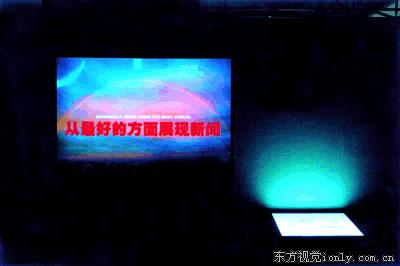
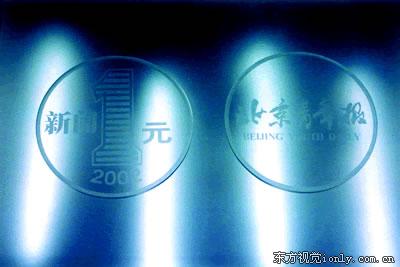
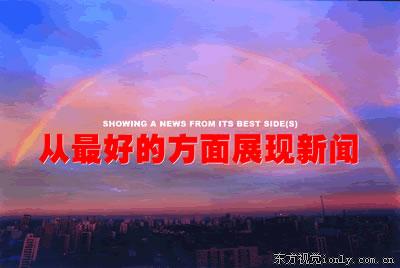
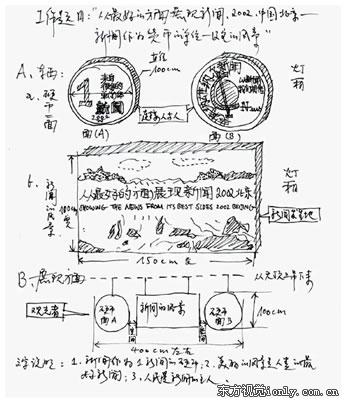

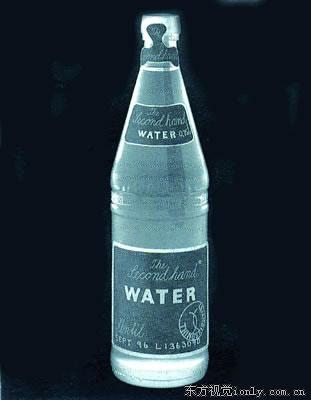
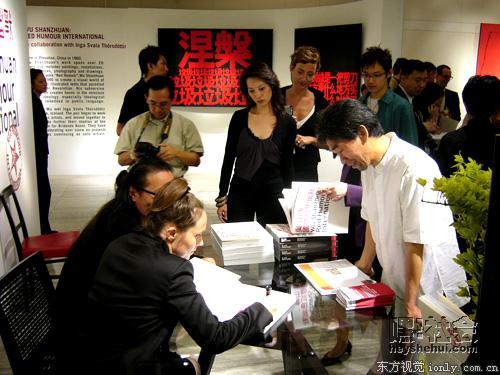
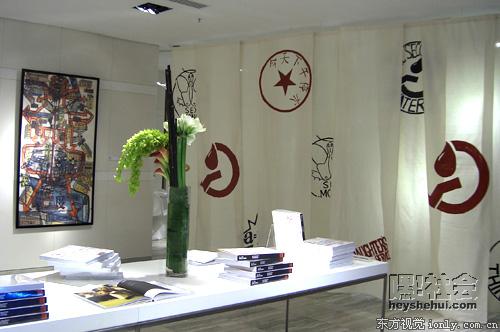

WORDS

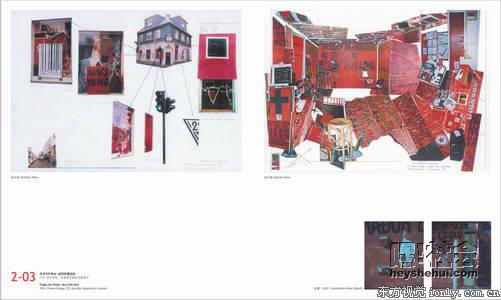
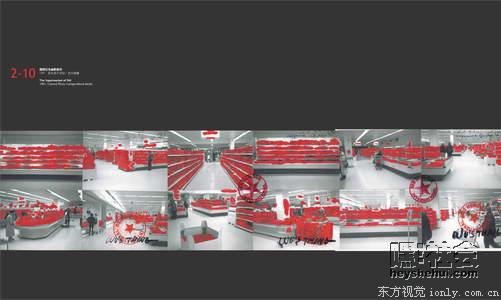



THINGS
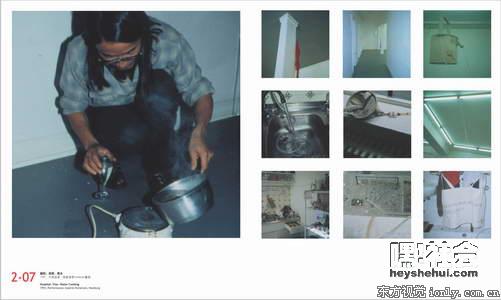
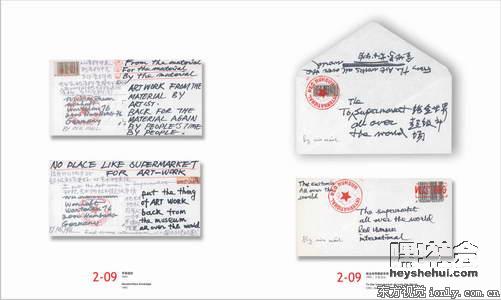
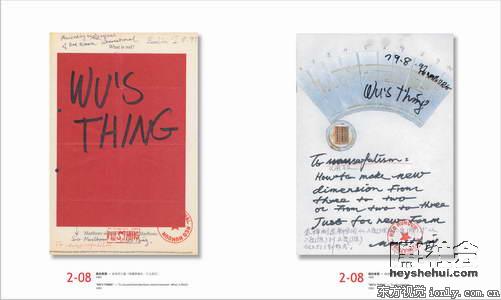







PEOPLE
